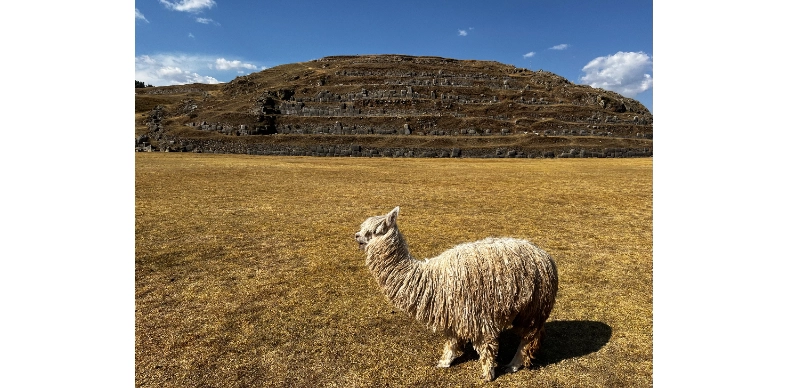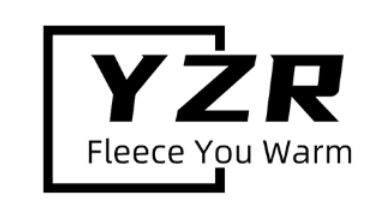
Introduction
Wool pullovers have long been a classic in the fashion arena, popular for their comfort, warmth, and versatility. However, the market is highly competitive, with changing fashion trends and shifting consumer demands making the wool pullover market full of challenges and opportunities. In this article, we provide an in-depth SWOT analysis of the wool pullover market from 2023 to 2029 to help us better understand the market dynamics and trends.
Market Strengths **Wool Pullover Market
1. High-quality wool raw material
Regions such as China, Australia, and New Zealand supply world-class wool raw materials. The quality and fiber length of these wools enables manufacturers to produce soft and durable pullovers. The high quality of the raw materials provides a solid foundation for the superior quality of the products.
2. Sustainable fashion trends
The rise of sustainable fashion globally presents a huge opportunity for the wool pullover market. Consumers are increasingly concerned about environmental protection and sustainability, and wool represents a natural, renewable material. Many manufacturers have started to adopt sustainable production methods such as using organic wool and eco-friendly dyes.
3. Innovative design
Designers and brands are actively innovating in the design of wool pullovers. Unique patterns, colors, and cuts appeal to a wide range of consumer segments, especially young and fashion-conscious consumers. In addition, some brands are launching limited edition pullovers through collaborations with renowned designers, further enhancing the appeal of their products.
**Market Disadvantages (Weaknesses)
1. Cost Pressure
Wool pullovers have high production costs, including raw material sourcing, weaving, and manufacturing. This may lead to price increases and limit the purchasing power of some consumers. Brands need to carefully balance cost and quality to meet market demand.
2. Climate Impact
Demand for wool pullovers is affected by season and climate. Demand is relatively low in the summer months, which can lead to stock build-ups. Manufacturers need to find strategies to cope with seasonal fluctuations, such as introducing lighter styles to meet the summer market.
Market Opportunities **Opportunities
1. Rise of online retailing
With the rise of e-commerce, the online retail market has become a golden opportunity for wool pullover brands to expand their market share. By selling online, brands can reach consumers globally, raise awareness and increase sales.
2. Customization and personalization
Consumers are increasingly seeking unique fashion options, and manufacturers can meet this demand by offering customized and personalized wool pullovers. Customization options can include colors, cuts, and embroidery, allowing consumers to add a personal touch to the product.
3. International Market Expansion
Setting sights on international markets is one of the brand’s growth strategies. Demand for wool pullovers is gradually increasing in emerging markets, especially in Asia and South America. Brands can explore new markets by working with local partners.
Threats to the market **Threats to the market
1. Increased Competition
The wool pullover market is highly competitive and the continuous emergence of new brands may increase the competitive pressure on existing brands. In order to maintain market share, brands need to constantly innovate and offer unique value propositions.
2. Position Effect
Certain countries or regions may experience political and economic instability, affecting the supply chain of wool pullovers. Manufacturers need to diversify their supply channels to mitigate the risk.
3. Consumer budget constraints
Global economic uncertainty may cause some consumers to cut back on non-essential spending, including in the fashion category. Brands need to offer attractive prices and value to appeal to consumers with limited budgets.
Conclusion
The wool pullover market will be full of challenges and opportunities from 2023 to 2029. Manufacturers will need to focus on cost control and sustainable production while seizing opportunities such as online retail and personalization. Understanding and responding to market threats is key to success. With consumers demanding quality and sustainability



